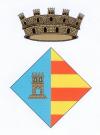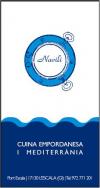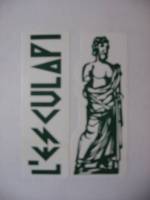EXCURSION TO PERPIGNAN AND SALSES
20th October, at 8:00 in the morning
Perpignan. The Palace of the Kings of Majorca. Lunch in Salces and a visit to its Fortress. Port Leucata and Port Barcares.
The coach picks us up in l’Escala and takes the highway to the north. We stop for breakfast before the French border, and we continue to Perpignan.
We get to the Palace of the Kings of Majorca, a magnificent castle in Catalan civil Gothic style, walled and surrounded by a fosse. Inside, the visitor sees first its large square courtyard, with arcades, and two chapels, one above the other, standing out in height. Our friend and historian Josep Alabau introduces us into this palace history, and tells us that Perpignan, in the Middle Ages, was the second city in Catalonia, and the capital of the Kingdom of Mallorca. This included the Roussillon, the Balearic Islands, the Cerdanya and Montpellier, and was left in inheritance by James I, the Conqueror, King of Catalonia and Aragon, to his second son, King James II of Mallorca, who had this palace built as his own residence.
After crossing the inner courtyard, we can see the luminous and well preserved several rooms, some of them used for temporary exhibitions. The main hall has the particularity of having three fireplaces put aside. It’s also curious the chapel in the middle of royal apartments, separating the king’s from those of the queen.
After this complete visit, we leave the castle for lunch. The coach takes us to the "Restaurant du Fort" of Salses. The menu consists of salad, meat, Catalan custard as dessert, and coffee...
After a good while after dinner and of contemplating the landscape, we get into the coach in order to visit the Fortress of Salses, nearby.
A local guide tells us about the fortress history. It was built in the late 15th century by King Ferdinand II of Catalonia and Aragon, to guard the former frontier between Catalonia and France. It’s a big proportion building, half buried in the ground, where modern resources of defence were incorporated, as well as systems to live in it comfortably, as pipelines for water and its heating. It was ruled by a governor, and it could lodge a great number of men.
In 1659, with the signature of the Treaty of the Pyrenees, by which France was given up the territory we call Northern Catalonia, the Fortress of Salses remained in French territory and lost its strategic role and importance.
Afterwards, the coach drives us to Perpignan, bordering the Étang of Salses, Port Leucata and Port Barcares.
In Perpignan, we divide into two groups. One of them goes for a short and interesting walk to the city historic sites, guided by Josep Alabau. From Castellet to Cathedral of Saint John the Baptist, we admire the Town Council and other remarkable buildings, as well as two Aristide Maillol’s sculptures. We enter the Cathedral, in gothic style, whose high altar is in process of restoration. The other group takes the option of shopping.
When it is growing dark, we start the return to l’Escala.
We’ve had a nice day and fine weather.
Goodbye!





